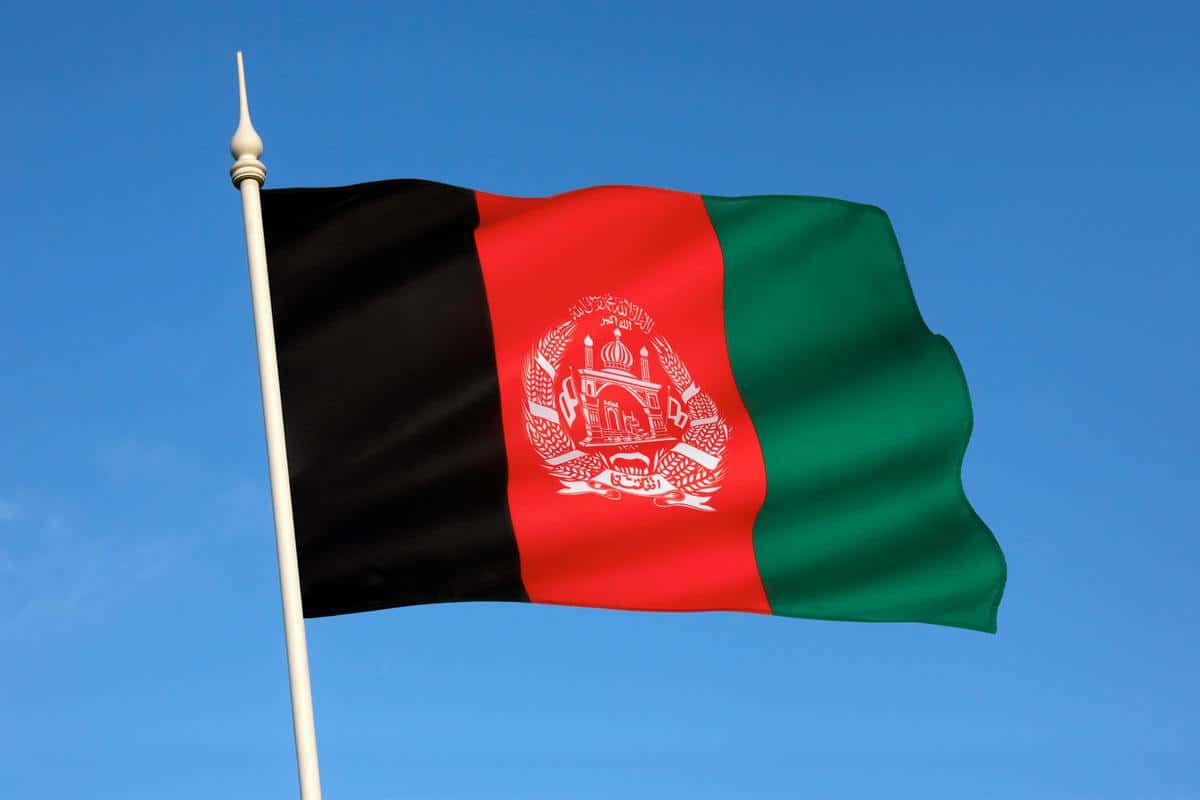India’s absence from Doha talks between the Afghanistan Government and the Taliban does not portend well for the regional security scenario and the future Afghan-India ties. India has vital stakes in stability in Kabul for durable peace in the region, especially in the new context of Jammu & Kashmir. Barring a tokenistic video address by the External Affairs Minister Jaishankar for inaugural session, India has not been assigned any significant role in the parleys. In normal circumstances, India’s absence from the talks would have been construed as a diplomatic setback. But given the media’s obsession with Sushant’s suicide and other such trivia, it is quite apparent that the issue is being kept away from the public debate.
Taliban’s antipathy against India is no secret. The Afghan soil has been repeatedly used for anti-India machinations. Sikhs and Gurdwaras have been repeatedly attacked even while pro-India Karzai and Ashraf Ghani had been heading the Government in Kabul. Wounds of hijack of Air India aircraft in 1998 are still raw when India had to exchange the passengers against dreaded terrorist Masood Azhar. The Afghan territory has been a fertile ground for training of militants belonging to Pak-backed militant organizations who have an evil eye on Kashmir Valley. Significantly, India is the only major powers of Asia that is being kept away from the negotiations which were stalled for the last eight months over release of prisoners from the two sides, as per the February 2020 US-Taliban understanding.
During the last two decades when Afghanistan was the battlefield for US-led NATO forces against the Taliban, India had a friendly government in Afghanistan. India has invested around $2 billion in various development projects in Afghanistan. The new Parliament House of Afghanistan where a block has been named after former PM Atal Behari Vajpayee, was entirely constructed (and donated) by India at a cost $1.5 billion. Since the exit of the Taliban from the Kabul government, India has extended diplomatic relations by setting up consulates in Jalalabad, Herat, Qandhar and Mazar e Shariff.
Economic ties have deepened to embrace several sectors ranging from agriculture to health, education and infrastructure. India supplied 1.1 million tons of wheat to Afghanistan in 2017 and sent another 75,000 tons in November 2019 at the 37th anniversary of the Afghan Red Crescent Society’s special week. Over 2,000 Afghan children were treated with India’s assistance of $4 million during the same year.
Around 1,500 Indian engineers built the Salma Dam (touted as Afghan-India Friendship Dam) near Herat on Chishti-e-Shariff river capable of irrigating 75,000 acres of farmland at a cost of Rs. 17,000 crore. The dam was opened by prime ministers of the two nations in 2016. Prior to this, The National Agricultural and Technological University was built by India in Qandhar and was inaugurated by Karzai and then Indian foreign minister Salman Khurshid. It cost the Indian government $ 60 to 70 million, part of $500 million aid for the development of Afghan agriculture pledged by the Manmohan Singh Govt. In 2015, Indian government provided 1,000 buses to Afghan Milli Bus Enterprise –national transport company of Afghanistan—to upgrade the ramshackle Kabul city transport services. India is currently building Shahtoot dam over River Kabul basin near Kabul which has not gone down well with Pakistan. Pakistan has protested that it would squeeze the flow of the river to its Pakhtunkhwa region. Warsak Dam on the Kabul River in Pakistan generates 1,100 gigawatt of power for Pakistan. Pakistan has been jittery over India-Afghan economic ties and used the first opportunity to ban flights of Indian aircrafts over its territory following Indian sanctions against it after the Pulwama terrorist suicide attack on CRPF bus.
The Intra-Afghan Negotiations (IAN) that are underway since last Saturday (Sept. 12) will decide the choice of system and Government the two sides may agree upon. However, the US and Pakistan are important intermediaries, primarily because the US is keen to pullout its residual forces and Pakistan has considerable leverage with Talibans who were mainly trained in the madrassas along Pak-Afghan border following Soviet invasion of Afghanistan. Indian worries emanate from the fallout of a possible Taliban Government in Kabul which may result in increased militancy in the Kashmir Valley. As it appears from the statements from Mr. Zalmay Khalilzad, the US envoy to the negotiations, the US is keener on coming out of the Afghan imbroglio which has resulted in death of nearly 2,400 troops (as of May 18, 2020, there have been 3,502 coalition deaths in the Afghan War named ‘Operation Enduring Freedom’ since the coalition’s invasion in 2001), a number exceeding the ones who died in attack on the September 11, 2001 WTO twin towers. India’s worries would also mount as nearly 1,700 Indian engineers and other professionals are working in Afghanistan as of now. Application of Sharia code by the Talibans would only further endanger the lives of the Hindu, Sikh and Christian minorities in the landlocked nation.
Khalilzad minced no words telling an Indian journalist that the choice of system of governance would rest with the two sides on the negotiation table and US and other powers would have no role in advising the new dispensation about it.
M.A. Siraj is a senior journalist based in Bengaluru

